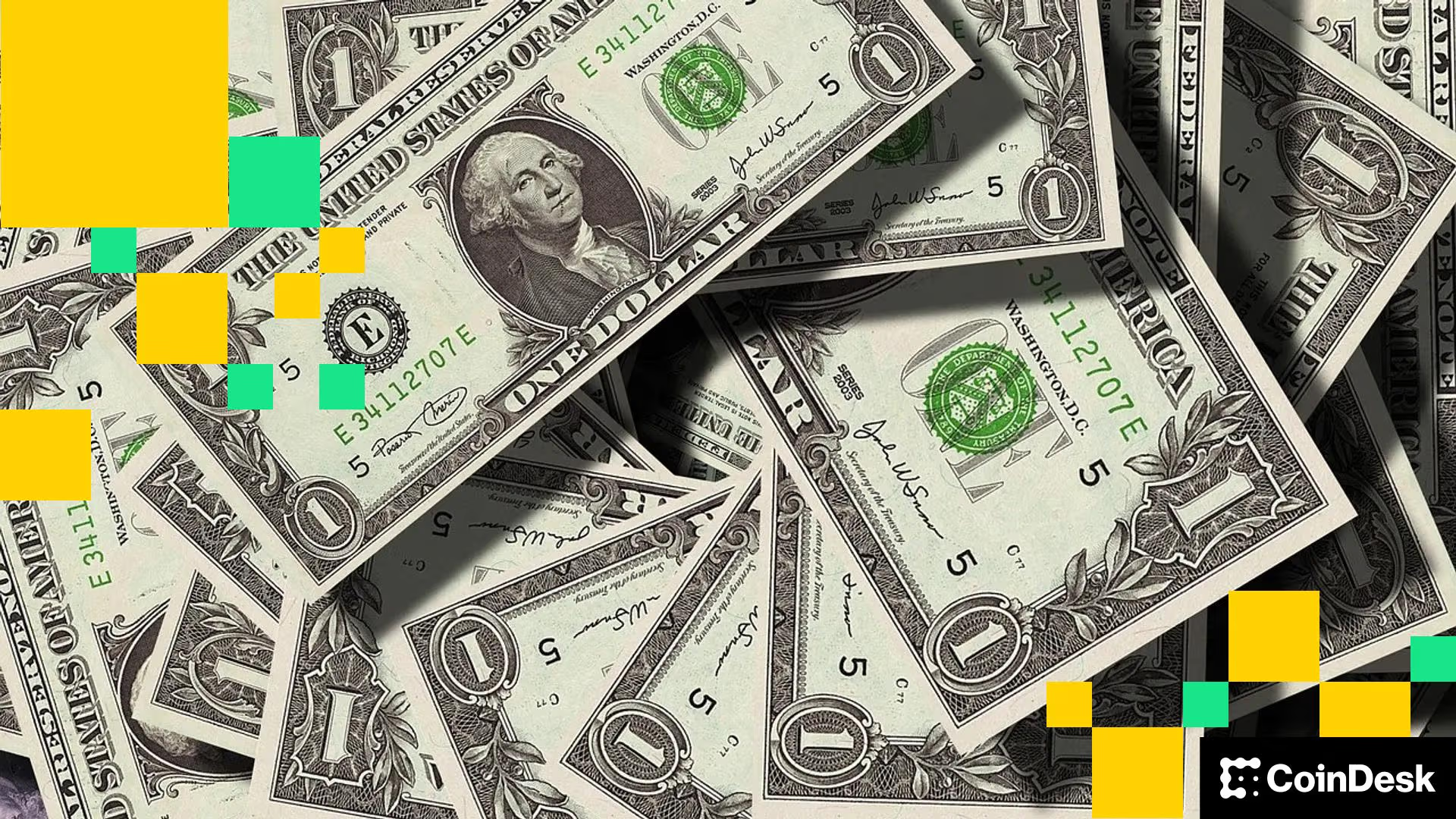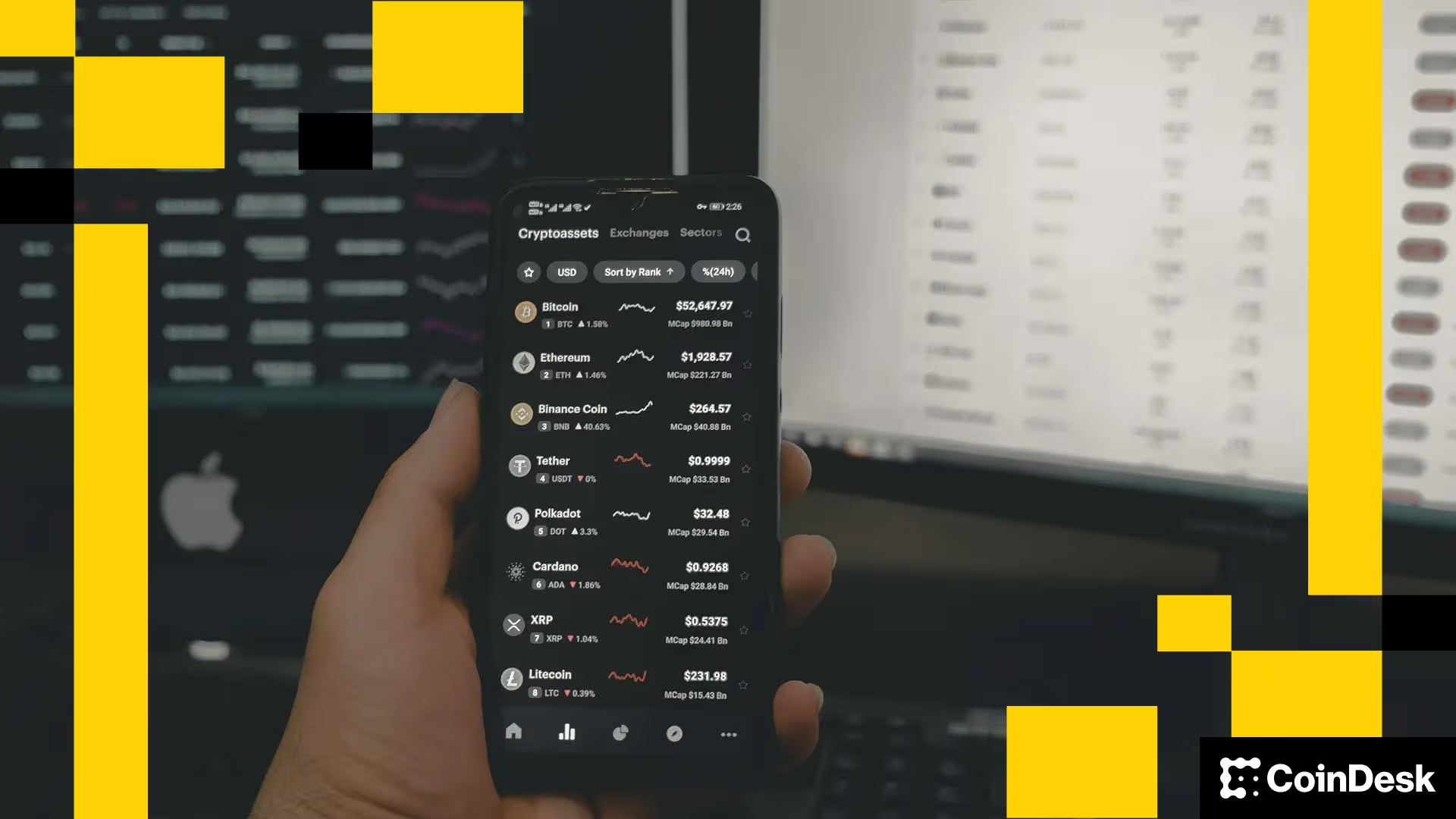Ethereum’s Dencun Upgrade
We are on the cusp of a significant evolution in the Ethereum blockchain ecosystem with the much-anticipated Dencun upgrade. This update marks a substantial advancement, bolstering Ethereum's capabilities by addressing some of the ecosystem's most pressing challenges, such as unlocking Layer-2 scalability and augmenting security for node operators and validators.
Intent based bridge between L2s and Ethereum powered by multi-proof storage proofs
Bridges are generally insecure and economically inefficient. They exhibit an asymmetry between users and bridge operators, where users can easily lose funds. We propose a bridge design that is simple, modular, and utilizes multi-storage proofs and the native messaging system between Ethereum and Layer 2 networks (L2s) as a fallback mechanism.
On Increasing the Block Gas Limit
Ethereum’s block size hasn’t been changed since EIP-1559.With a focus on the rollup-centric roadmap in the medium, or possible long term future one might argue that the way block space is used hasn’t been optimized for rollups yet. With the introduction of EIP-4844, we’re taking a big step towards making Ethereum more rollup-friendly. However, the capacity of Beacon blocks and the size of their individual parts have remained mostly unchanged.








